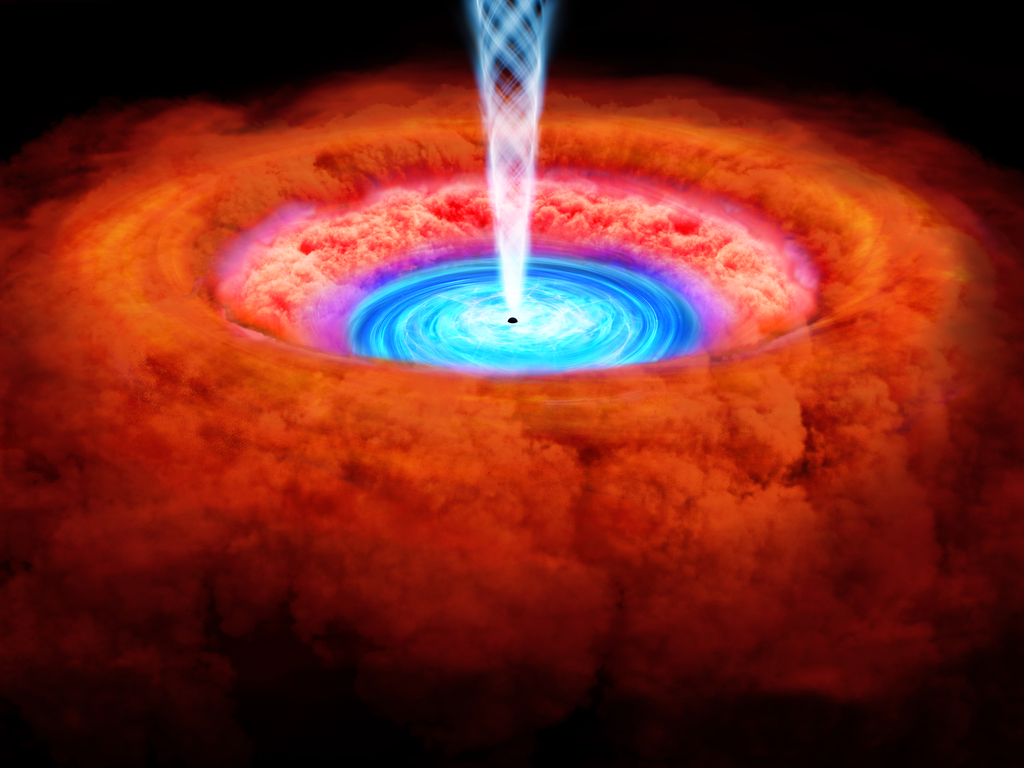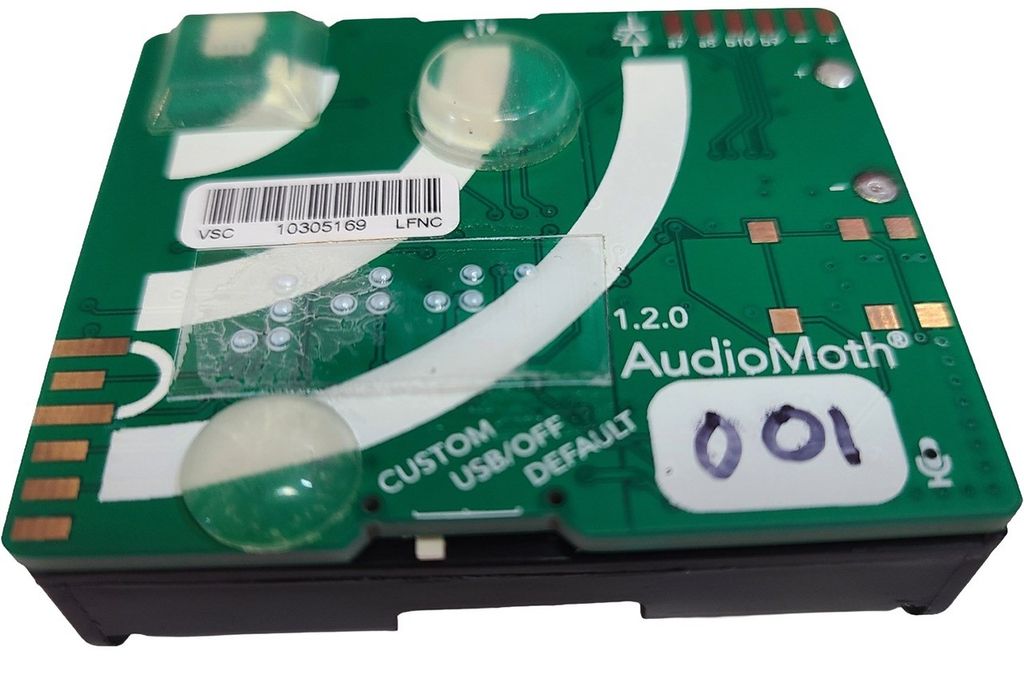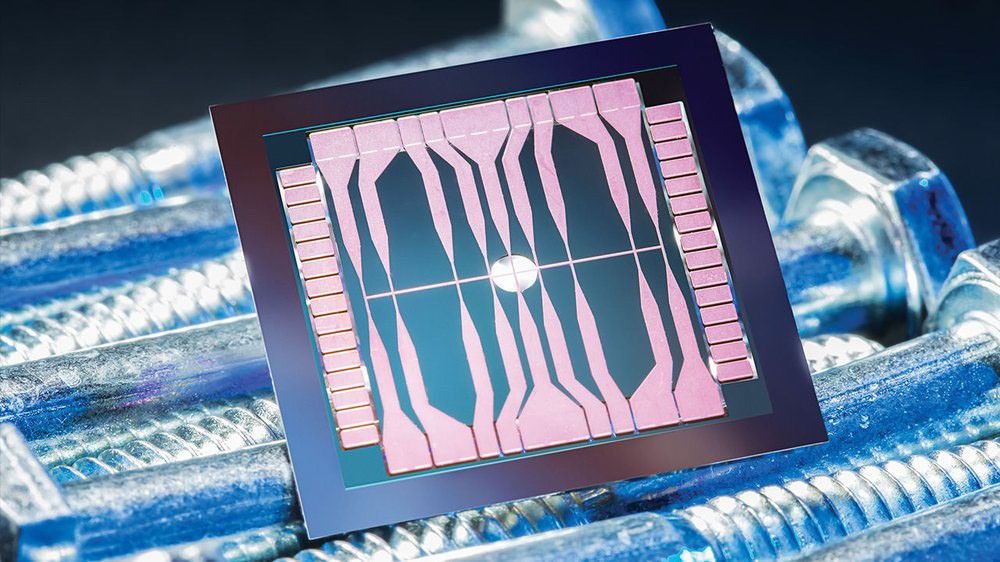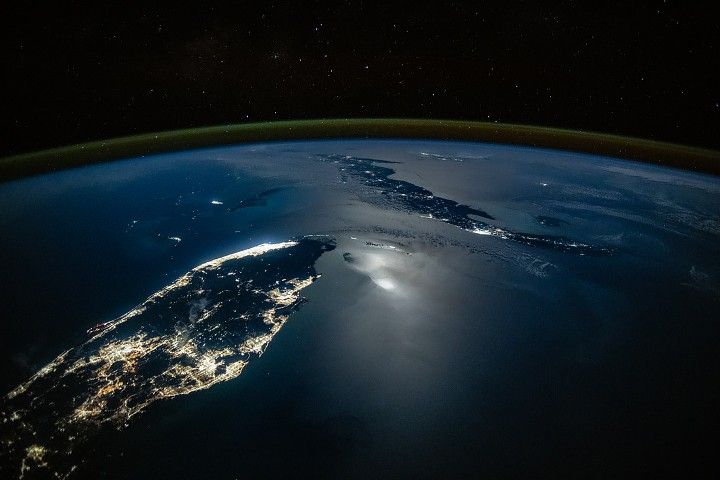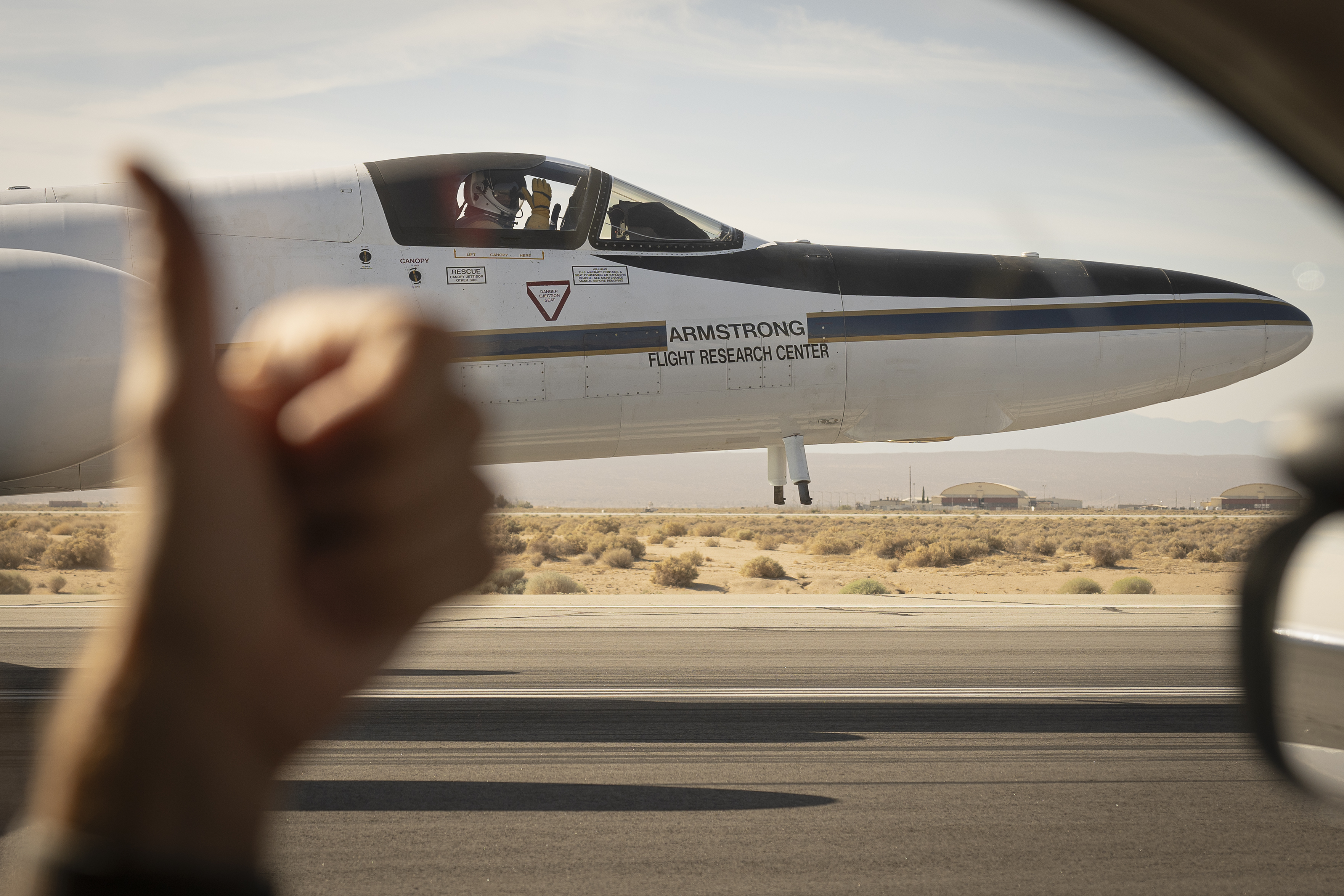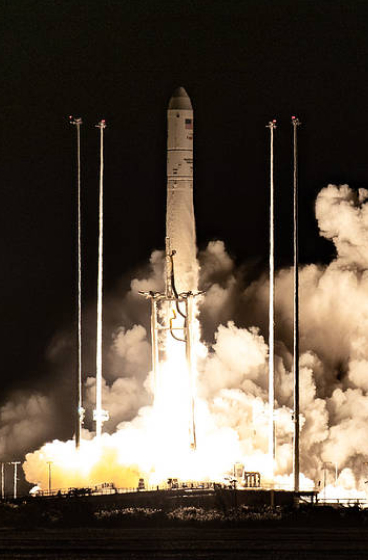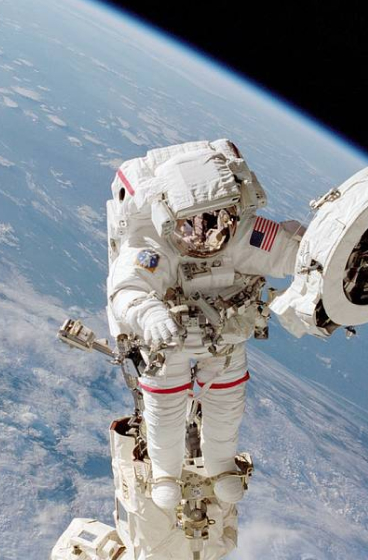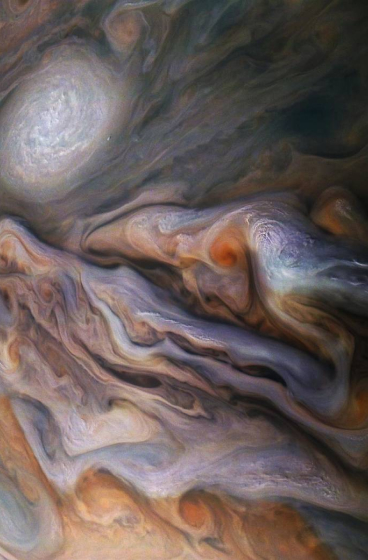Atomic physicists tend to tinker away on their own, preferably in dark, hushed labs. When Eric Cornell started as a postdoc with Carl Wieman at JILA, an institute run jointly by the National Institute of Standards and Technology and the University of Colorado in Boulder, in 1990 he did his best to transform their second-floor lab into a basement. "We had these beautiful windows that looked out over the mountains," Cornell says, "and we bought 3-inch-thick Styrofoam and cut it into squares and taped it over them." The quiet and darkness made it easier to fiddle with the homemade lasers they were using to coax atoms into a new state of matter.
Cornell and Wieman were trying to cool a puff of rubidium gas to within a few billionths of a degree of absolute zero—colder than any place in nature, even the 2.73 kelvins of space. They hoped to produce a long-predicted state of matter called a Bose-Einstein condensate (BEC), in which the atoms shed their individual identities and crowd en masse into a single quantum wave. In 1995, they succeeded—a triumph that earned them a share of the 2001 Nobel Prize in Physics. "We finally unplugged that experiment just 2 years ago," Cornell says.
Read more at sciencemag.com













